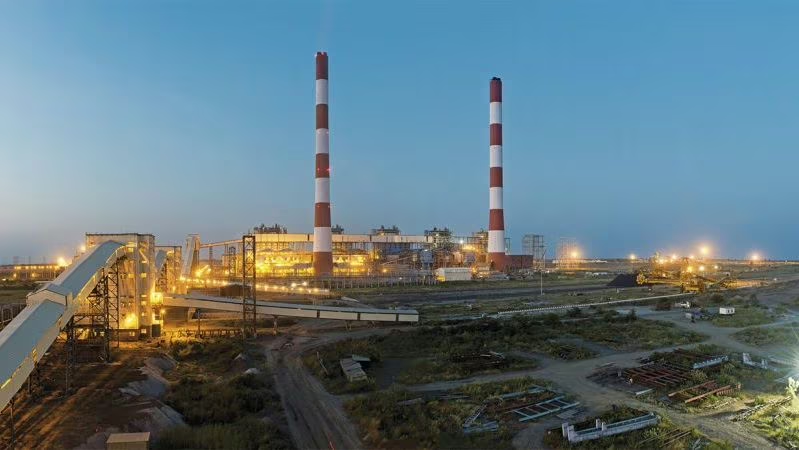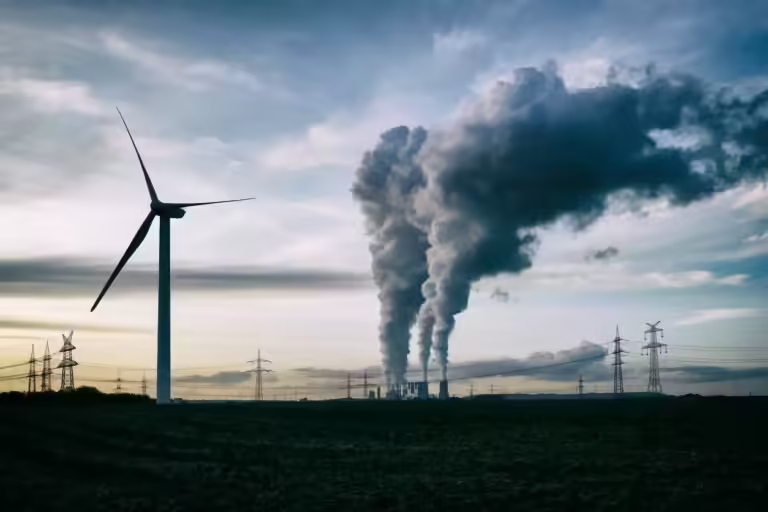
In a significant policy shift announced in July 2025, India has rolled back strict pollution control requirements for most of its coal-fired power plants. Earlier, nearly all such plants had to install flue gas desulphurisation (FGD) systems to reduce sulphur dioxide (SO₂) emissions, a major pollutant harmful to air quality and health. The new rules require only plants located within 10 kilometres of major urban or heavily polluted areas to adopt these controls. This exempts about 80% of the country’s coal plants. But this decision raises concerns internationally, especially as India aims to meet its climate goals simultaneously.
Reasons Behind the Policy Change by India
The government emphasizes balancing environmental goals with economic realities. Retrofitting every coal plant with FGD technology is costly and could strain power companies, raising tariffs for consumers. Energy security and affordable power for millions who depend on coal-based electricity are also key concerns.
- Annual Savings: India’s coal thermal power plants are expected to save ₹19,000 crore to ₹24,000 crore per year due to relaxed FGD installation requirements.
- Reduction in Power Tariffs: Electricity costs are projected to drop by 25–30 paise per unit (kWh), reducing capital expenditure for power producers and, ultimately, consumers.
Global and Health Impacts of the Relaxation
This decision has several consequences:
- Increased SO₂ emissions could worsen air quality, especially in industrial and rural areas. Higher SO₂ levels contribute to acid rain, damaging crops, forests, and water bodies.
- Coal plants emit fine particulate matter (PM2.5), linked to respiratory diseases and millions of premature deaths worldwide.
- Loosening controls risks undermining India’s progress in reducing air pollution and threatens millions of lives.
- It raises doubts about India’s ability to meet its Paris Agreement climate commitments.
- As a major emitter, India’s actions influence neighboring countries and global climate efforts.
How This Fits Into India’s Climate Strategy

Coal still accounts for about 75% of the country’s electricity generation. The government faces the challenge of expanding energy access and economic growth while cutting emissions. The policy shift prioritizes affordability short term but complicates India’s image as a climate leader, especially after tightening clean-air regulations in the past decade.
Though India has invested significantly in renewables, relaxing pollution standards on coal plants sends mixed signals. The government presents this as a temporary, pragmatic choice aiming for a “just transition” that balances climate goals with social and economic needs.
Looking Ahead
This rollback highlights the tension between development and environmental protection in India’s climate agenda.
The key question remains: will India use this relaxation to accelerate renewable energy adoption, or will this slow pollution control efforts, risking setbacks in health and climate goals?
For more such articles, checkout The World Times.



